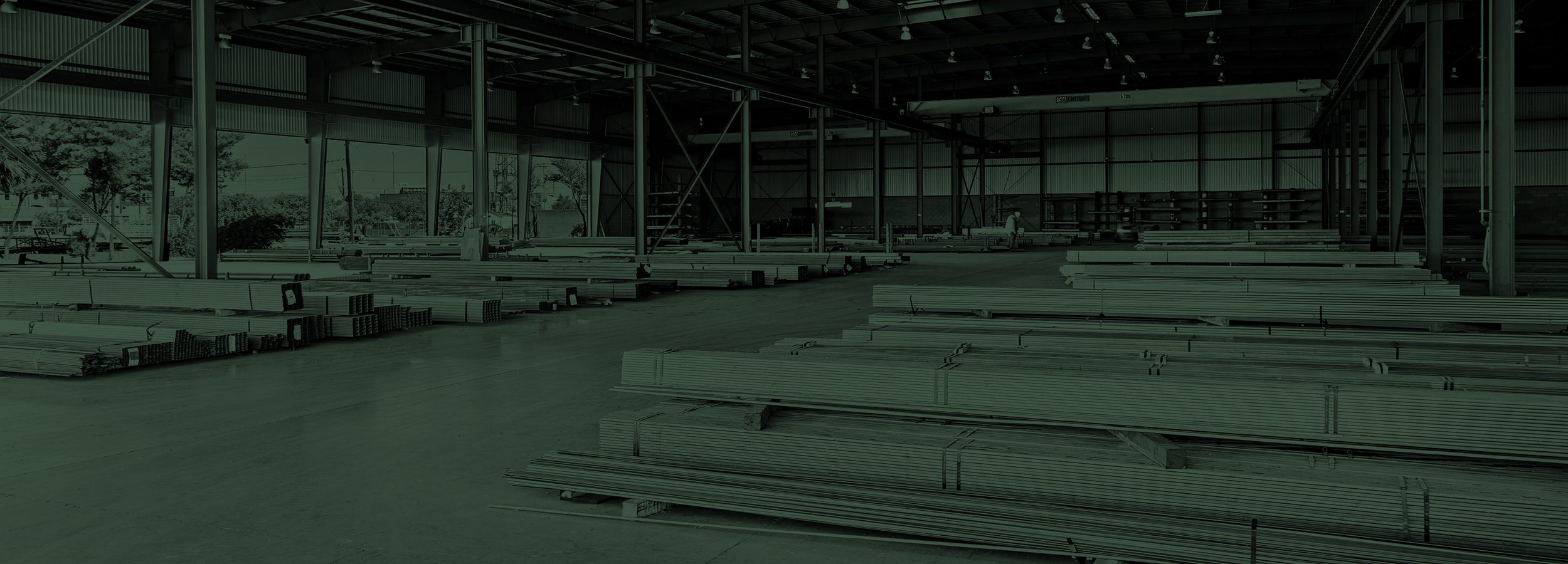The Different Types of Welding

In our last post we talked about some of the basics when it comes to welding. In today’s post we’ll get more into the different types of welding and the various applications of each method. Arizona Iron Supply in Phoenix has provided high quality ornamental iron, castings, hardware and steel to the iron fabricators of the Western United States since 1977, making us an ideal choice when it comes to purchasing metal for your next welding project.
MIG Welding
MIG welding, or gas metal arc welding (GMAW), actually consists of two different types of welding. The first uses bare wire and the second uses flux core. Bare wire MIG welding can be used to join thin pieces of metal together. Flux core MIG welding can be used outdoors because it does not require a flow meter or gas supply. The main advantages of choosing the MIG style for welding include less waste due to higher electrode efficiency, minimal clean up, lower heat inputs, and reduced welding fumes. It is also cheaper and easier than other types of welding, making it a popular choice for beginners and DIY enthusiasts.
Stick Welding
Stick welding, also known as arc welding, is an old-fashioned method. Stick welding is a bit harder to master than MIG welding, but you can pick up a stick welding equipment for not much money. The electrode used for this method consists of a core wire that is coded influx and the electric arc is created when the tip of the electrode that is the work piece and is withdrawn while still remaining in close contact in order to generate temperatures of about 6500°F. This process is used for pipeline welding, construction, heavy equipment repair, and steel erection.
The main advantages of using the shielded metal arc welding technique include the low cost of the equipment that is necessary, as well as its portability. There is no need for shielding gas as in the TIG or MIG welding techniques, which means that you can use this technique outside even during inclement weather. This technique also works on dirty and rusty metals so it is a good alternative for projects where TIG or MIG welding won’t work.
TIG Welding
TIG welding, or Gas Tungsten Arc Welding (GTAW), is extremely versatile, but it is also one of the more difficult welding techniques to learn. One hand feeds the rod while you hold a TIG torch in the other. This torch creates the heat and arc, which are used to weld most conventional metals, including aluminum, steel, nickel alloys, copper alloys, cobalt and titanium. TIG welding is generally thought of as the most popular of the different welding techniques today because of the high degree of purity it is able to offer, that is almost impossible to obtain with other welding methods.
Flux Cored Arc Welding
This welding method is similar to the MIG welding technique. This welding technique in metal fabrication requires an electrode containing a flux and a constant amount of voltage. It also requires a shielding gas that is used to protect the welding surface from any contamination in the environment. This is a quick welding process that can be used on many different types of metals.
The flux cored arc welding process is more expensive than other welding techniques. The method has quickly developed as an alternative to shield welding. Its high welding speed and portability make it a popular choice in construction projects that involve metal fabrication work, heavy equipment repairs, and steel erection. It is also effective for welding thick metals.
Come Visit Arizona Iron Supply!
Whether you’re a seasoned welder, or just getting started, Arizona Iron Supply in Phoenix is ready to help you with your next welding project. For more than 40 years, Arizona Iron Supply has been offering complete metal fabrication solutions to our clients in a variety of industries. If you’d like to discuss a project or have any questions about our products, please contact us today, or stop by our metal supply warehouse in Phoenix.
Image by Free-Photos from Pixabay


